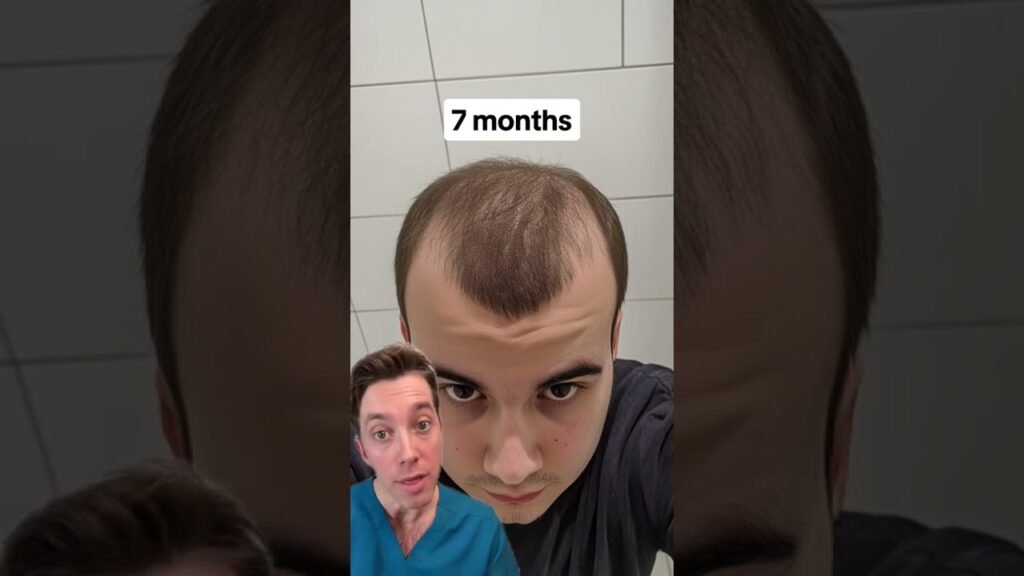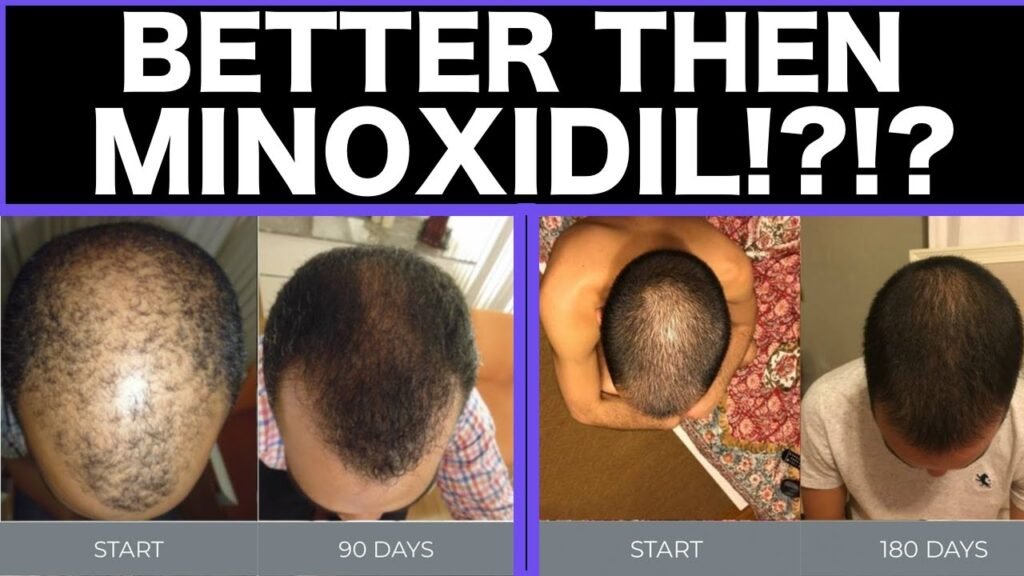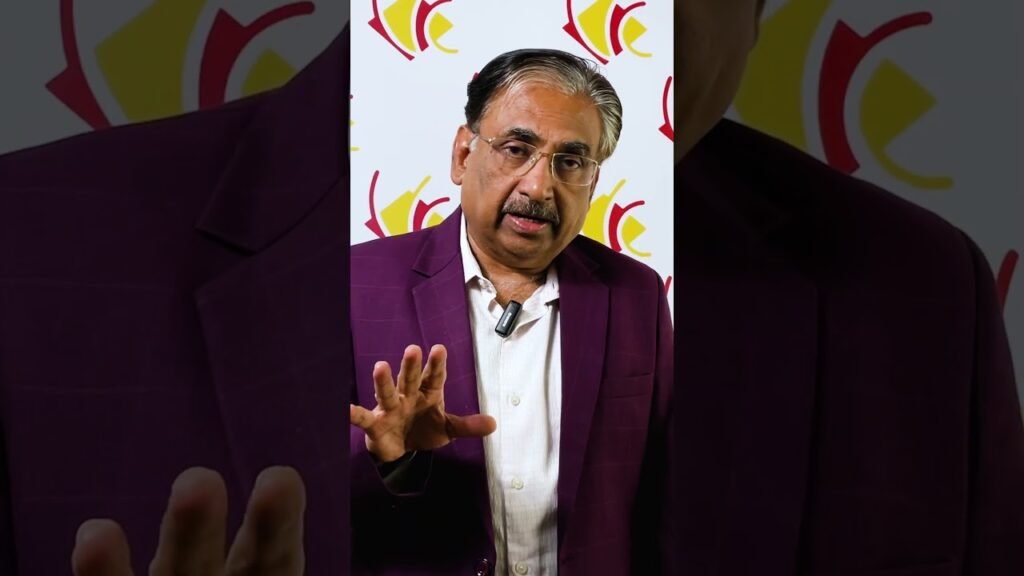Which gives better results: Minoxidil vs hair transplant
When it comes to tackling hair loss, both Minoxidil and hair transplants offer viable solutions, but the effectiveness of each can vary significantly based on individual circumstances. Minoxidil, a topical treatment, is often the first line of defense against hair thinning and is especially effective in the early stages of hair loss. It works by stimulating hair follicles and increasing blood flow to the scalp, potentially leading to thicker and fuller hair over time. However, the results can be gradual and may require continuous use to maintain hair growth.
On the other hand, a hair transplant is a surgical procedure that offers a more permanent solution to hair loss. This method involves relocating hair follicles from a donor site, usually the back of the head, to the thinning or bald areas. The results of a hair transplant are typically more immediate and dramatic compared to Minoxidil, as it provides a lasting restoration of hair density. However, the effectiveness of a hair transplant can depend on factors such as the skill of the surgeon and the patients hair characteristics.
Factors to Consider
When deciding between Minoxidil and a hair transplant, several factors should be considered. Cost is a significant factor, as Minoxidil is generally more affordable and accessible, while hair transplants can be expensive due to the surgical nature of the procedure. Time is another consideration; Minoxidil requires consistent application and time to see results, whereas a hair transplant, despite requiring an initial recovery period, provides quicker visible results. Additionally, the extent of hair loss plays a crucial role; Minoxidil may be more suitable for those in the early stages, while those with advanced hair loss might benefit more from a transplant.
Ultimately, the choice between Minoxidil and a hair transplant depends on individual needs, the severity of hair loss, and personal preferences regarding treatment duration, cost, and desired results. Consulting with a healthcare professional or a dermatologist can provide further guidance tailored to specific hair restoration goals.


